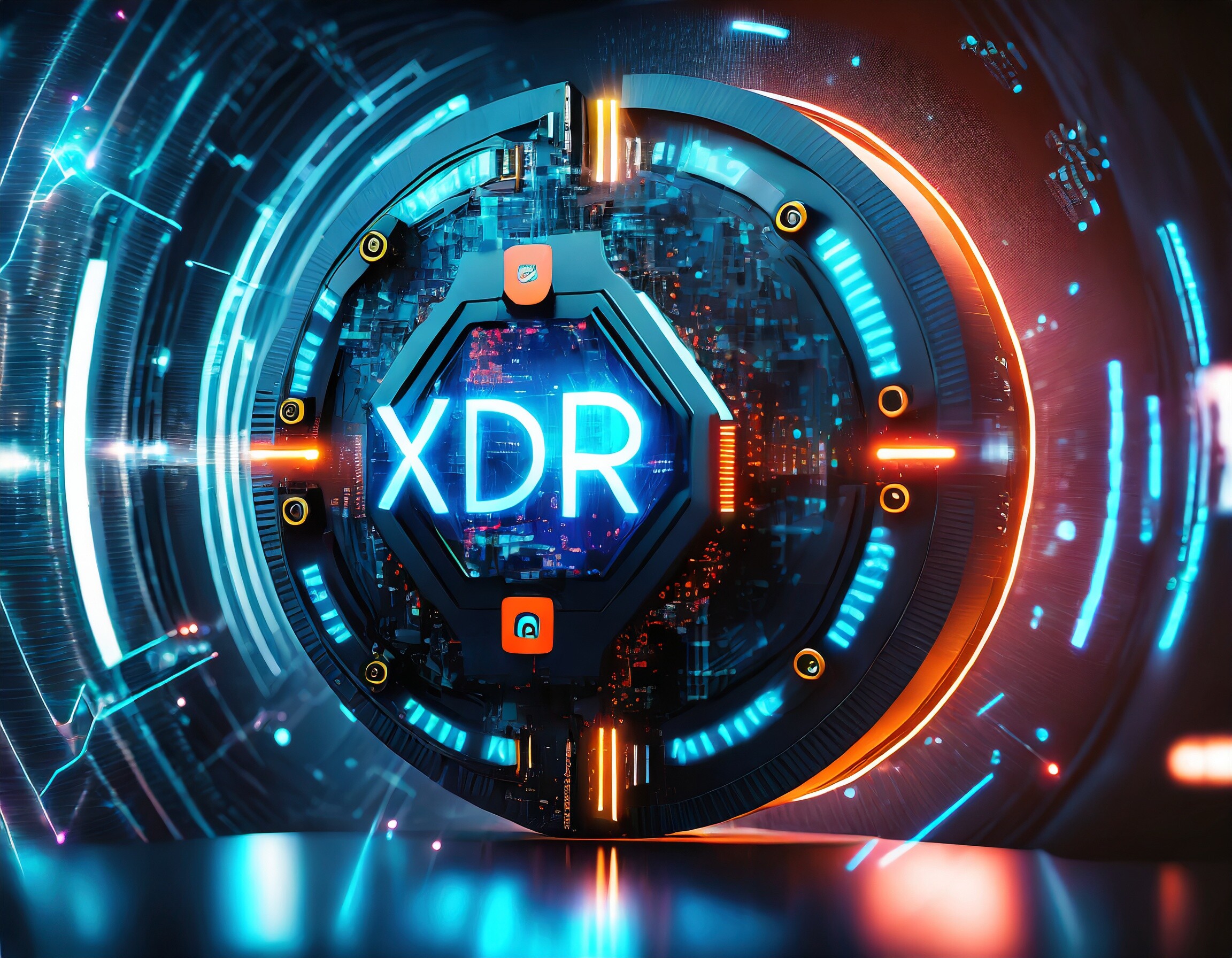Why XDR Is One Step Ahead of a Traditional EDR Solution
If you work for an organization in the 21st century, that means you both have a web presence and use digital tools to manage various parts of your business. And if your business involves financial transactions, sensitive data, or valuable information of any kind, then those parts of your organization are vulnerable to cyber threats. Chances are excellent that you already know this, and your IT or security teams have systems in place to monitor potentially suspicious activity and keep your business safe. One of those systems is likely an EDR solution.
EDR stands for Endpoint Detection and Response. EDR security solutions continuously monitor end-user devices to automatically detect, analyze, and respond to cyber threats. Endpoint detection and response is a tried and true method of apprehending any intrusions in real time and have therefore become a critical component of any endpoint security solution. But do EDR platforms alone still meet the ever-changing needs of the cyber security landscape? Or do you need XDR – aka Extended Detection and Response – to ensure top-level protection? Read on for the answers.
How do EDR and XDR Work?
As alluded to above, the primary functions of an EDR security system are to monitor and collect threatening endpoint data, identifying threat patterns from that data, responding to threats in an automated way, alerting relevant parties, and using forensic tools to further research identified threats. The key point is that EDR security solutions should provide visibility into endpoints and workloads. Sounds promising, right?
XDR cyber security solutions go one step further. But what is XDR? In addition to performing all the tasks an EDR platform manages at individual point devices, XDR platforms provide comprehensive cyber threat detection across your entire security stack. With full visibility and holistic data analysis from a consolidated and unified security system, XDR actually goes beyond endpoints to protect against advanced cyber threats that traditional security systems may not detect.

Importance of EDR and XDR in Cyber Security
Though it may be self-evident why EDR and XDR are invaluable tools in any cyber security infrastructure, it still bears mentioning the specific ways they fit into the grand scheme of things and how they can benefit your enterprise. Studies indicate that up to 90% of successful cyber attacks and 70% of data breaches originate at endpoint devices. Conventional endpoint security solutions such as antivirus software and firewalls are limited to detecting known threats, and are much less effective at stopping more sophisticated social engineering and phishing attacks.
EDR and XDR fill in the gaps. Where antiquated security systems may not be able to prevent a zero-day attack that takes advantage of unknown vulnerabilities in systems and apps, an effective endpoint detection and response apparatus can stop such attacks before they occur, even if the system has never detected a similar threat before. Whether you need to increase visibility, decrease your attack surface, or coordinate response across multiple enforcement points, EDR brings capabilities that other tools simply cannot provide on their own.
However, EDR is only the first step. XDR is the natural evolution of EDR, and is fast becoming the gold standard for endpoint security. For more information about how XDR vs. EDR, continue reading.
Traditional EDR Solution Overview
EDR tools focus on endpoint data, but the the truth is that data is only part of the solution. Other suspected threats can still escape a the limited purview of an EDR platform. This where the “X” in XDR comes in – the scope of threat detection and response is extended. Whereas EDR tools drill down into isolated sources, investigating threats solely within silos is not nearly as effective as XDR, which uses heuristics, analytics, modeling and automation to derive insight from network, cloud, and endpoint sources.
Reactive Approach
- It is true that EDR can shrink your mean time to detect (MTTD) and mean time to respond (MTTR), but while these metrics are valuable, they operate within an essentially reactive approach. Instead of waiting for a threat to appear, XDR uses AI technology and machine learning to recognize the patterns of cyber threats across multiple system components. This broadened focus combined with integrated security measures allows for swift threat hunting that can defend against security issues before they are exploited.
Advanced Threats
- Crucially, XDR can handle advanced threats in a way that EDR is unable to. Modern cyber criminals can leverage weaknesses in your organization’s security system to hide malware inside memory and evade detection. XDR uses behavioral analytics to flush out those slippery threats, and then can provide a complete picture of your threat landscape. If EDR systems attempt to cast too broad a net, they can become subject to false positives and alert fatigue, triggering warning bells every time something remotely anomalous occurs. XDR sidesteps such pitfalls with intelligent threat detection. Neither EDR nor NDR (Network Detection and Response) can hold their own against Advanced Persistent Threats (APT) like XDR can.
Future Outlook for EDR and XDR
Between EDR and XDR, the latter is clearly superior. XDR sacrifices none of the benefits of an EDR platform while adding considerable benefits on top. XDR solutions from trusted Compuquip partners like Palo Alto and SentinelOne have immense potential to bolster your cyber security framework and protect your company from both external and internal malicious actors. Both Palo Alto Network’s Cortex Security Suite and SentinelOne’s Singularity Platform offer industry-leading solutions for enterprises in need of best-in-class protection that integrates endpoint, network, and cloud security into one robust package. Get a Cortex demo or learn more about the Singularity Platform by reaching out to Compuquip today!
